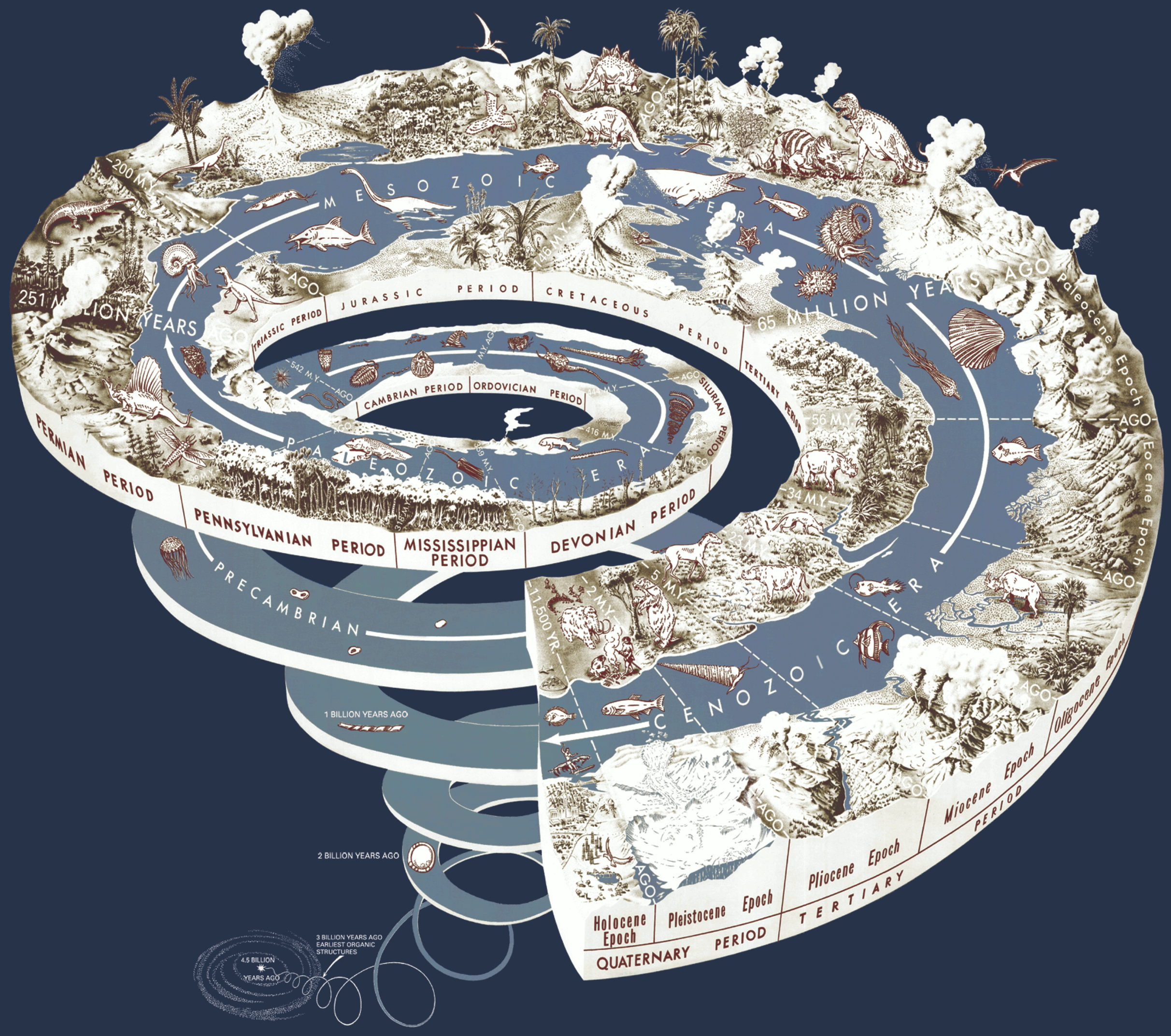 |
| Source |
This unit was about Physiology. We learned about Homeostasis
and how our bodies try to keep balance and we need that state to live. We learned
about the Circulatory and the Respiratory systems and how they work together to
deliver oxygen to the cell and remove carbon dioxide. We also learned about the
Nervous system which has the job sensing stuff processing the information and responding
to it. We learned about the Endocrine system which regulates and transports hormones
around the body. The digestive system breaks down food into nutrients and excretes
waste. The Immune system uses white blood cells (including T and B cells) to fight
off Pathogens and keep us healthy. Finally the lymphatic systems is a system of
tubes and sacs throughout the body that collects blood and waste from the body.
 |
| Source |
I am very proud of my accomplishments this year, and how much I have grown. My first blog posts were OK, but as I went I learned a lot more, and my blog posts became a lot better. I learned how to hyperlink, and use picture, and videos effectively. My favorite lab was probably our pig dissection, because we got see all of the systems we were learning about in our vodcasts in an actual animal. It was a very fun, and useful lab.






